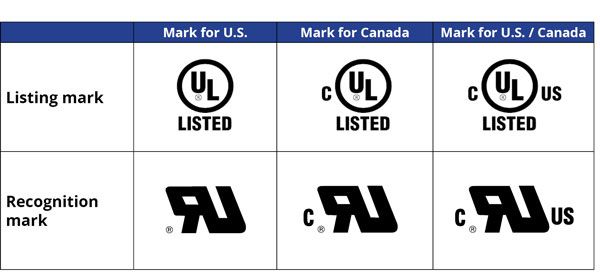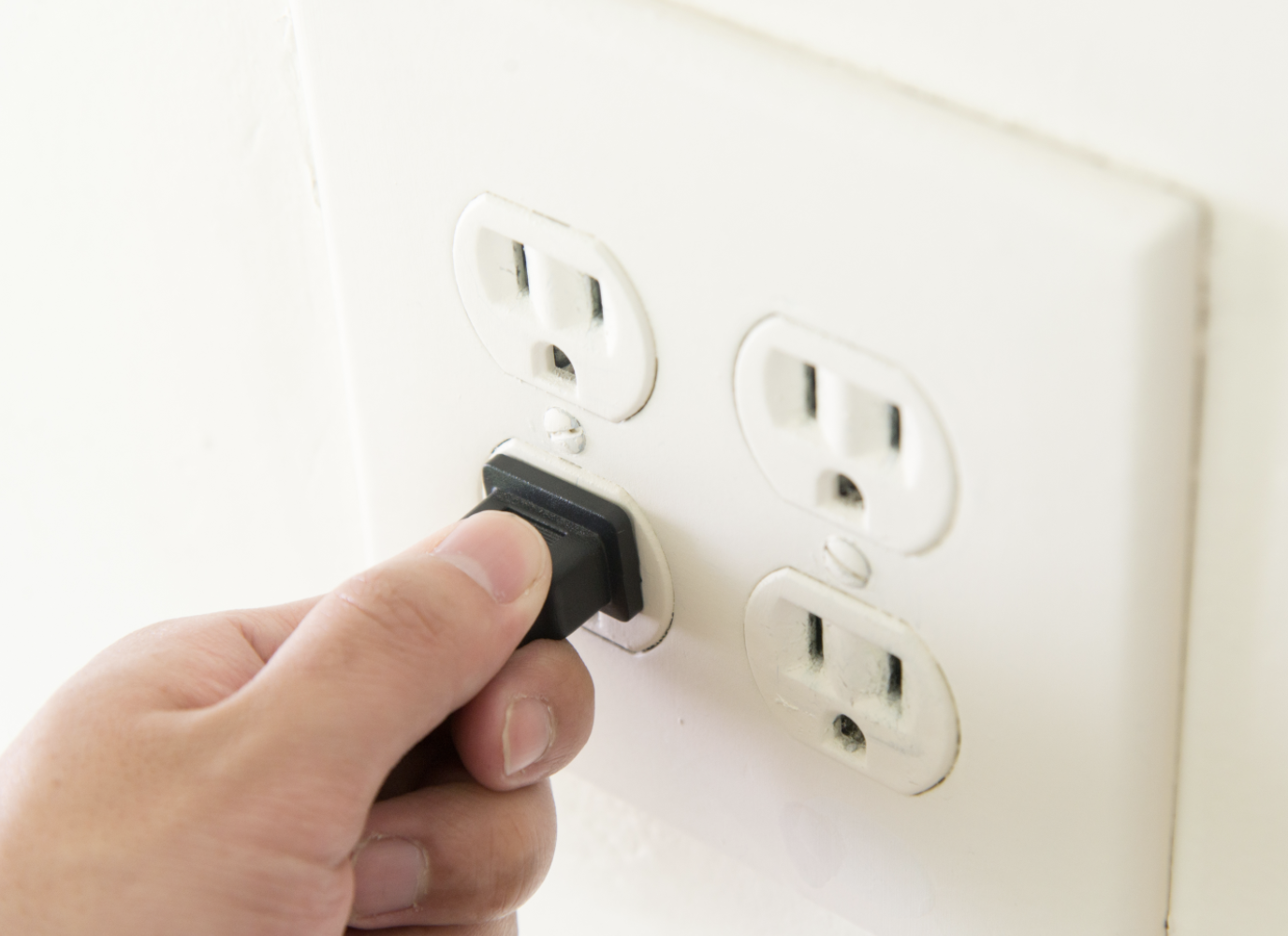(this is for the US)There is a long story about Codes and industry standards: typically they are updated on a 3 year cycle. The currently adopted codes may have been published 2 years ago and the adopted by reference industry standards may be 3 years older than that. Remember that the codes are a minimum standard. Then a building designed 5 years ago may permitted under codes and standards 5 or 10 years old. Just because there is a new published code or standard does not mean that we use it.
...
I neglected to mention, that I use the old ASHRAE hand books under my computer monitor to prop it up off my desk.
Yep for the IBC codes. The Ashrae handbook has 4 volumes and one gets updated each year according to their web site. We don't deal with Ashrae much, but live in the OBC codes and UFCs.
And we keep the old code books around so we know what the requirements were when a building or building system was constructed/ installed.
Code adoption is another matter, as it's up to local jurisdictions. DC only switched form the 2012 IBC codes this past year. Some other places in the region were still on 2012 or 2015 in 2021. Many have not updated to 2018. And of course the IBC codes are not real codes, they are only models -- the jurisdictions make them real by indicating they must be followed, usually with the jurisdiction's unique set of additional requirements.


